Mastering MEXC Futures Data Analysis: Make Every Trade Data-Driven
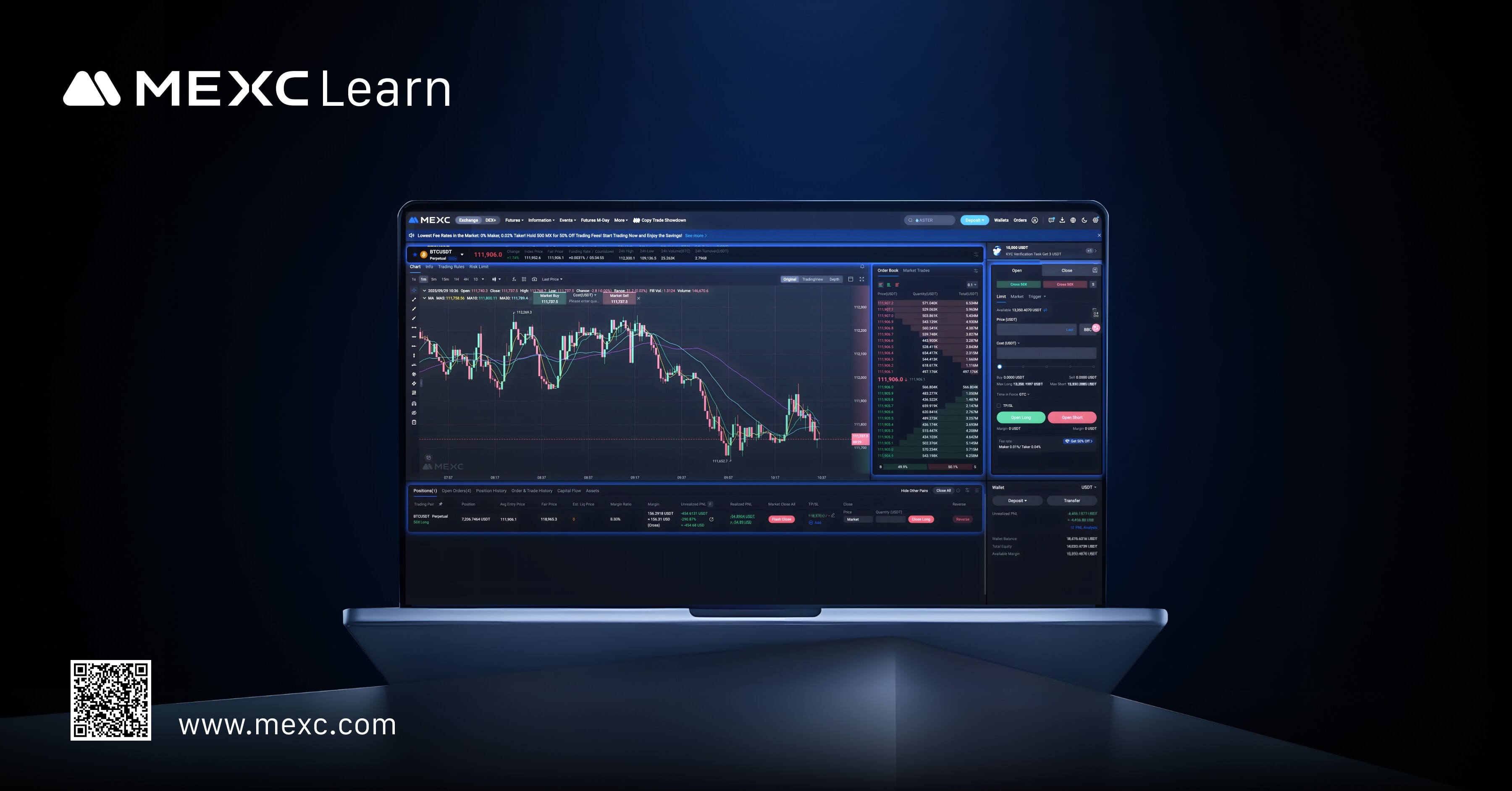
1. Understanding Futures Data
1.1 Platform Long-Short Position Holders Ratio
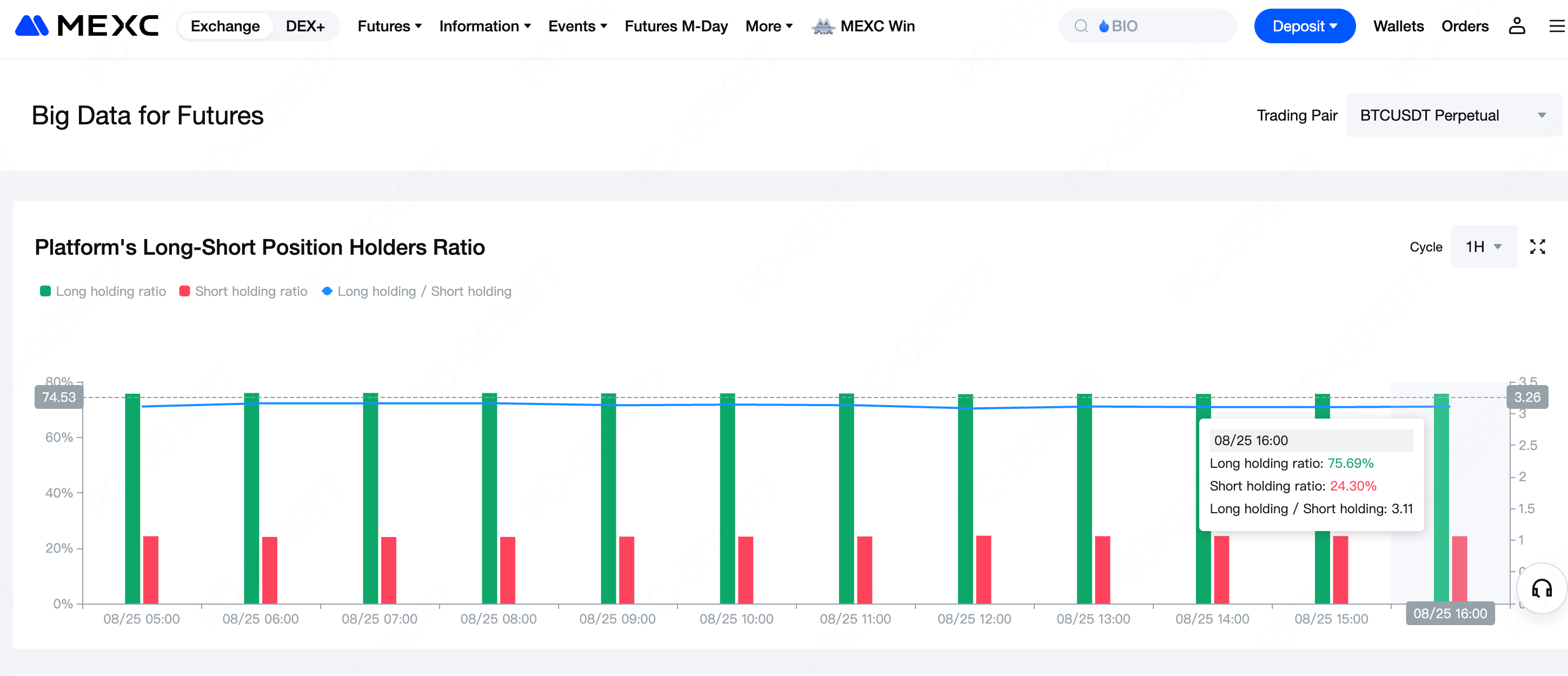
1.2 Platform Active Buys and Sells

1.3 Elite Account Long-Short Position Holding Ratio
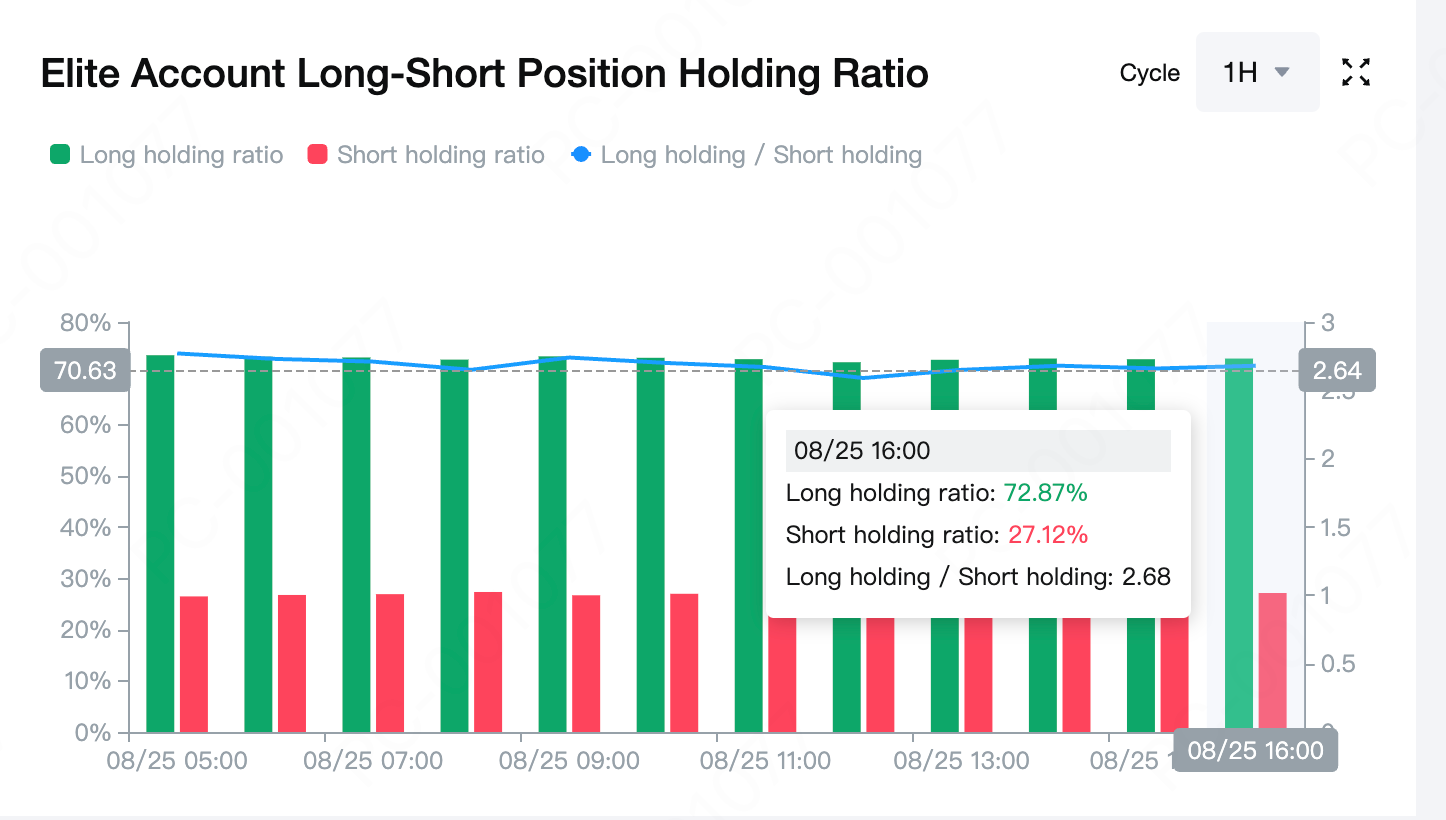
1.4 Elite Account Long-Short Position Holders Ratio
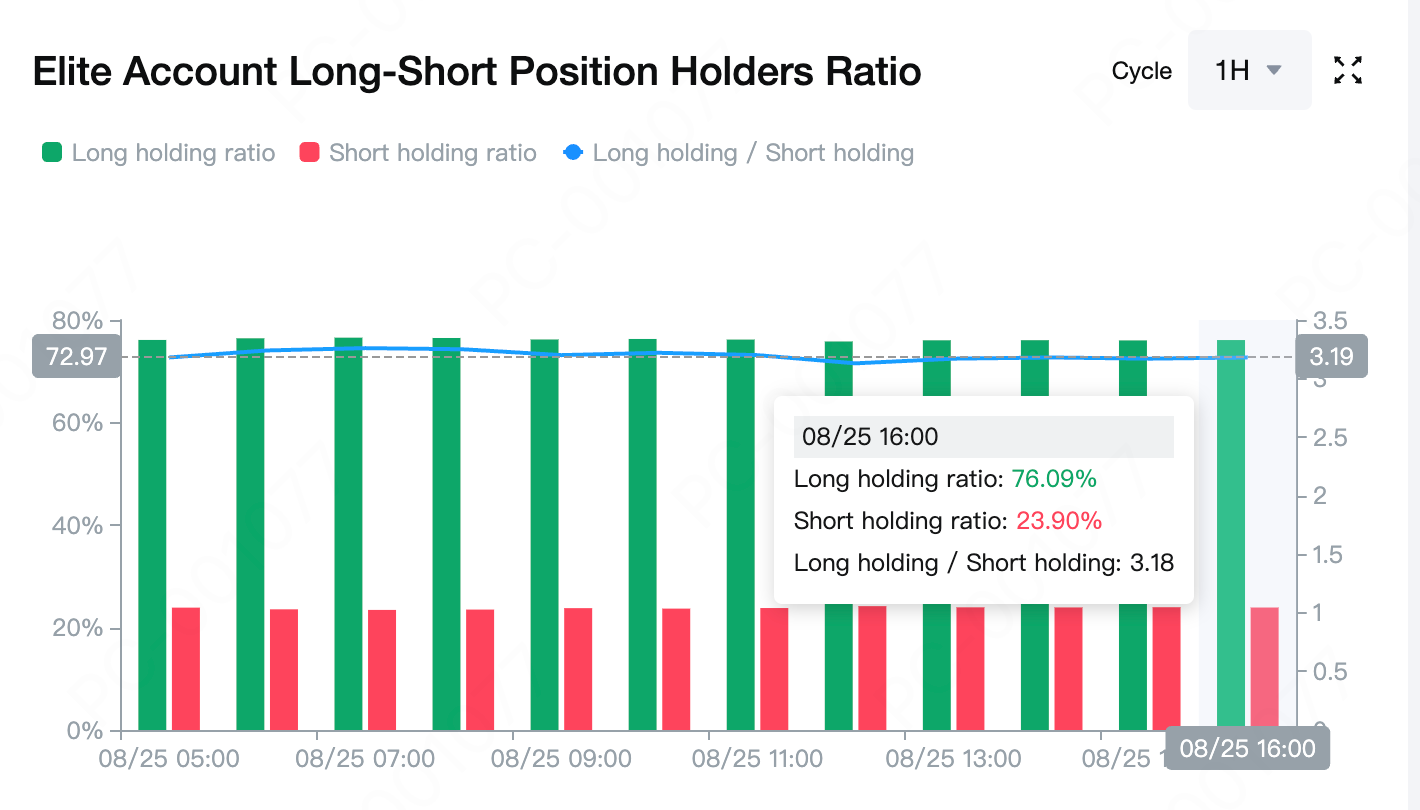
2. Interpreting Futures Data
2.1 Long-Short Position Holding Ratio and Long-Short Position Holders Ratio
2.2 Platform Active Buys and Sells
3. How to View Futures Data
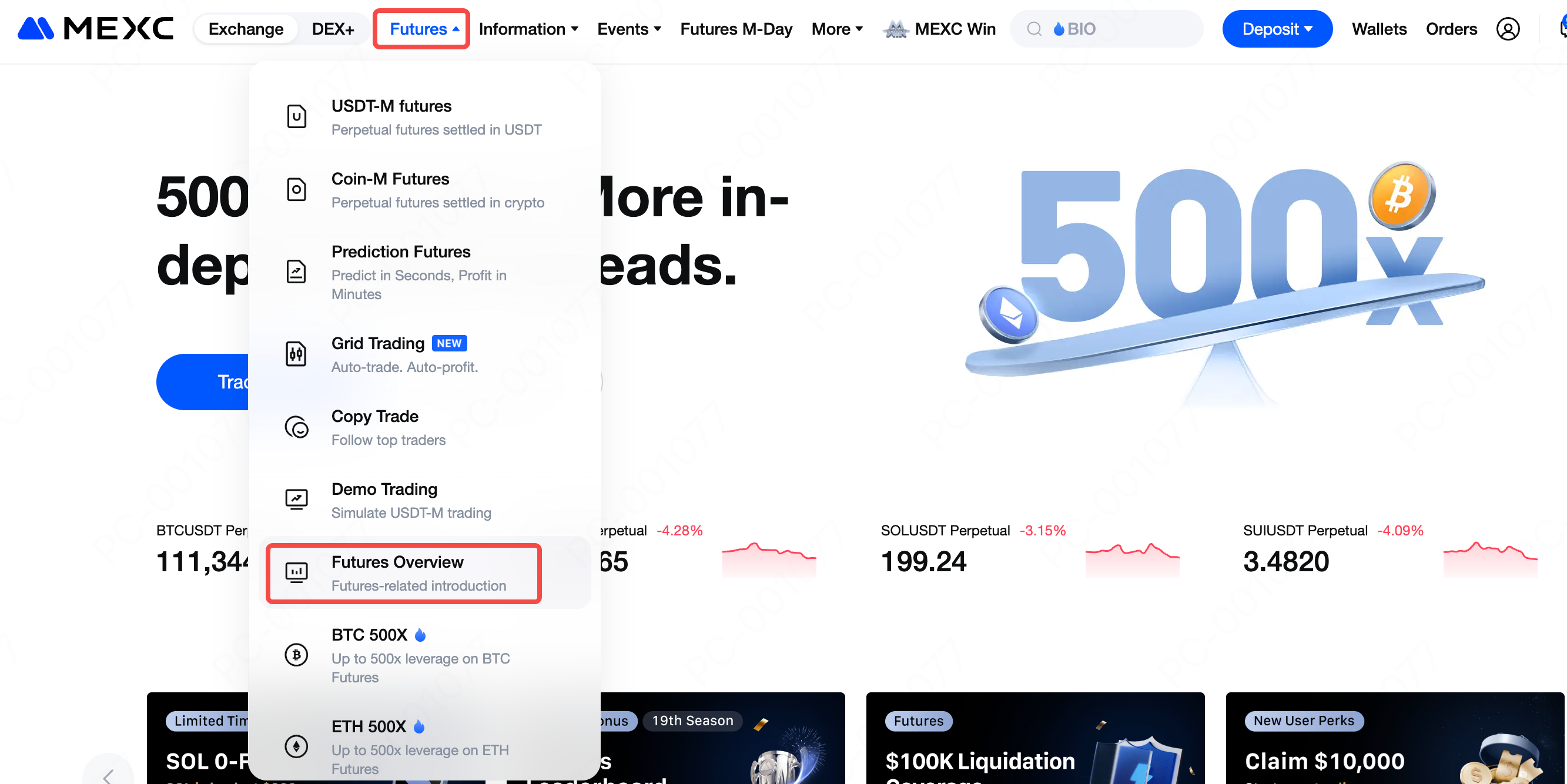
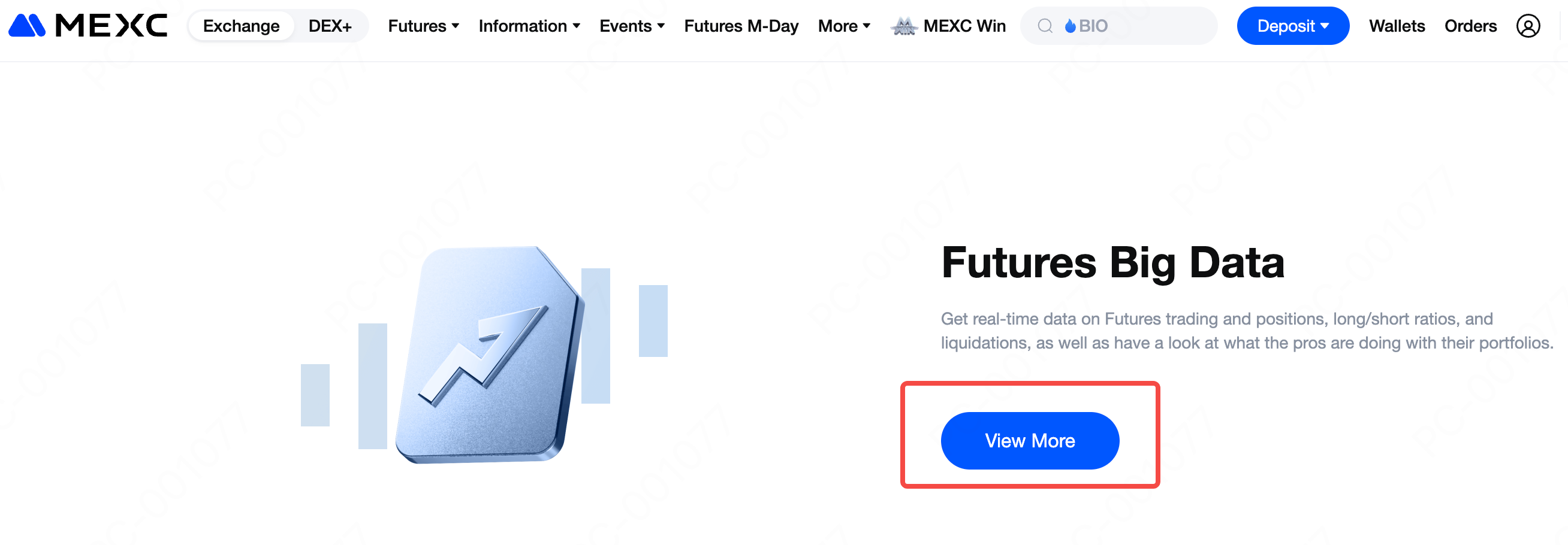
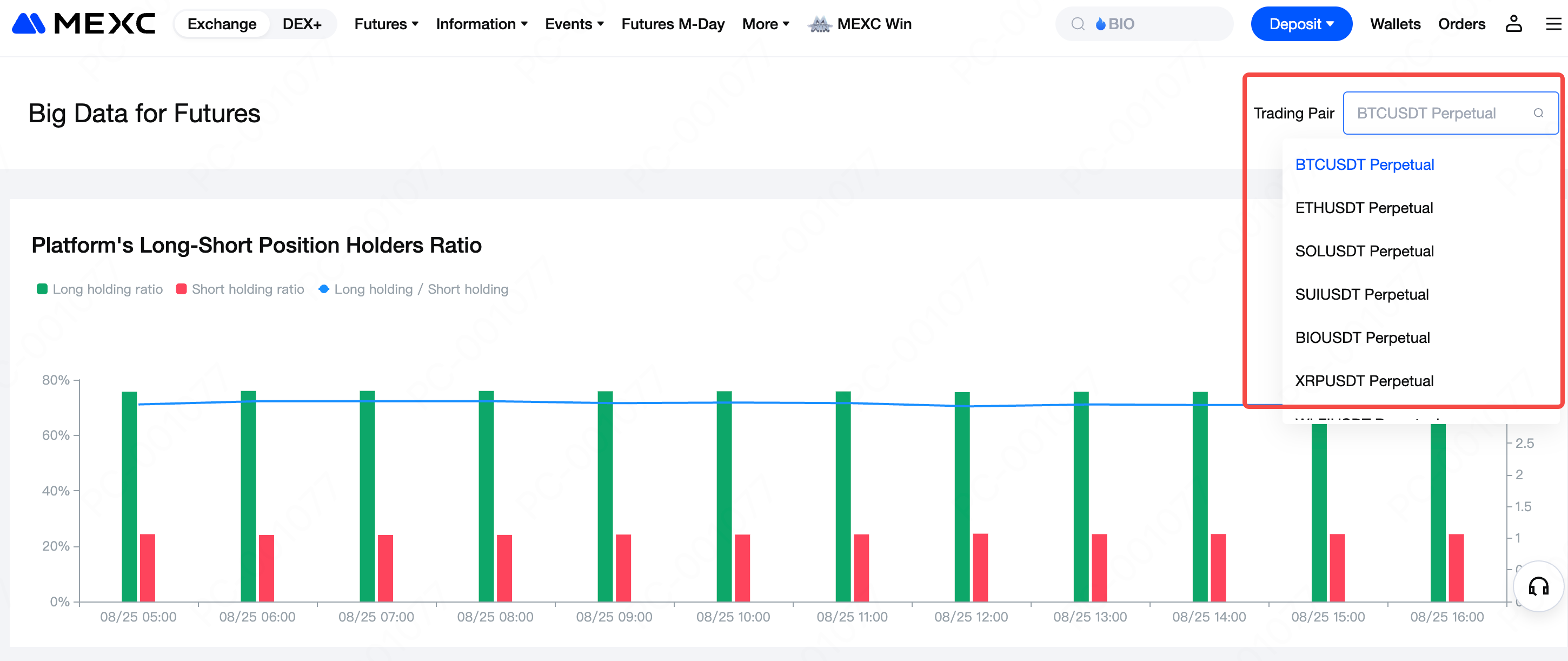
4. Practical Application: How to Use Data to Develop Trading Strategies
- Open Interest: Increases steadily alongside the price rise, indicating that the trend remains supported by new capital inflows and sustained market participation.
- Long-Short Position Holders Ratio: Reaches a recent high of 4:1, showing that retail traders are overwhelmingly bullish. This level of optimism suggests growing market greed and serves as a potential warning signal.
- Elite Account Long-Short Position Holding Ratio: Shifts from being long-biased to a more balanced or slightly short position structure. This change implies that large or professional traders are becoming more cautious and may be gradually establishing short exposure.
- Funding Rate: Remains at a persistently high positive level across multiple periods, reflecting an overheated long market where the cost of holding leveraged long positions continues to rise, thereby increasing the probability of a pullback.
5. Conclusion
Recommended Reading:
- Why Choose MEXC Futures? Gain deeper insight into the advantages and unique features of MEXC Futures to help you stay ahead in the market.
- MEXC Futures Trading Tutorial (App) Understand the full process of trading Futures on the app and get started with ease.
Popular Articles
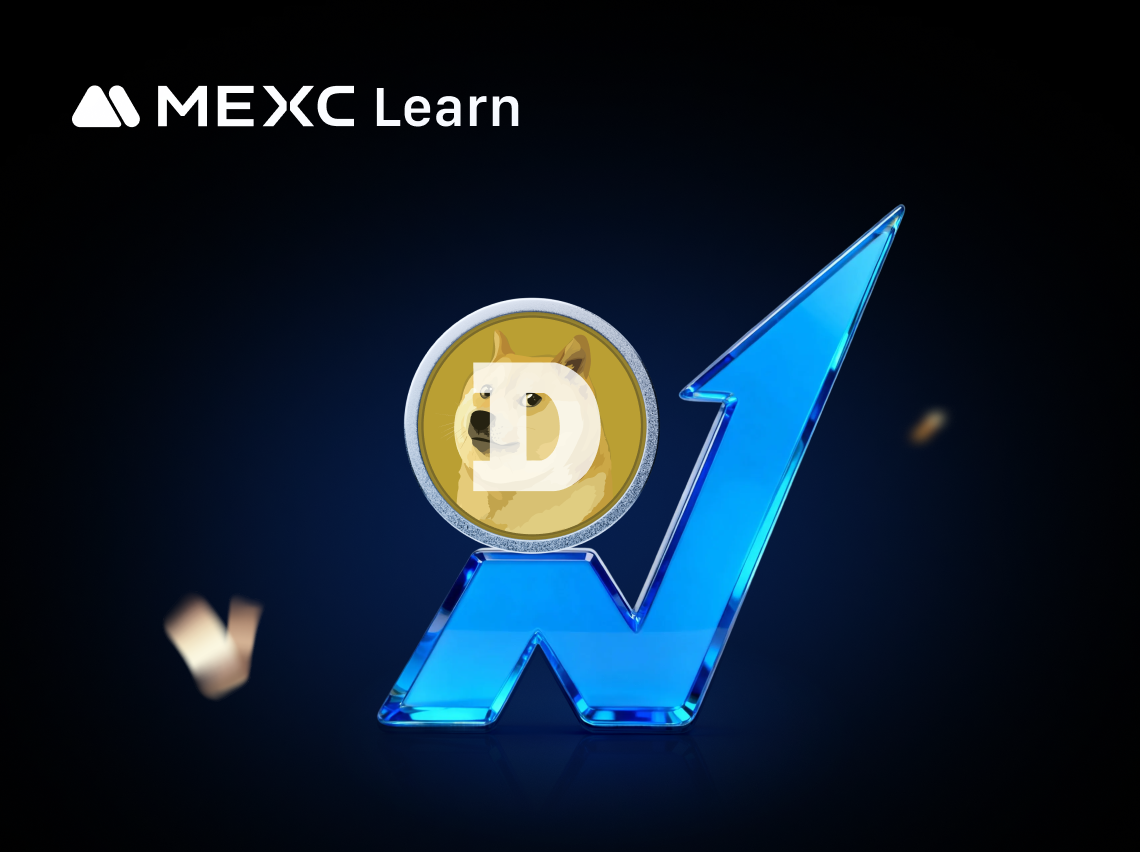
Dogecoin ETF: What We Know So Far and Whether It Could Happen
Key Takeaways:REX-Osprey Dogecoin ETF (DOJE) launched in September 2025 as the first U.S. product offering DOGE exposure via a mix of holdings and derivatives.Grayscale Dogecoin Trust ETF (GDOG) debut

Dogecoin Mining 2025: How DOGE Is Mined, Merge Mining, and Miner Economics
Key Takeaways:Dogecoin Mining Process: Dogecoin uses Proof-of-Work (PoW) with the Scrypt algorithm, providing a fixed 10,000 DOGE reward per block every ~1 minute, ensuring consistent supply for miner

Elon Musk and Dogecoin: How Much Influence Does He Still Have?
Key Takeaways:Musk’s Pivotal Role: Elon Musk’s influence on Dogecoin’s rise is profound, shaping the cryptocurrency’s trajectory through public endorsements and tweets.Price Influence: Musk’s tweets h

What Will Ethereum Be Worth in 2030? Expert Predictions and Price Analysis
Ethereum's price trajectory toward 2030 has captured significant attention from investors worldwide. This analysis examines expert forecasts, fundamental growth drivers, and realistic valuation scenar
Hot Crypto Updates
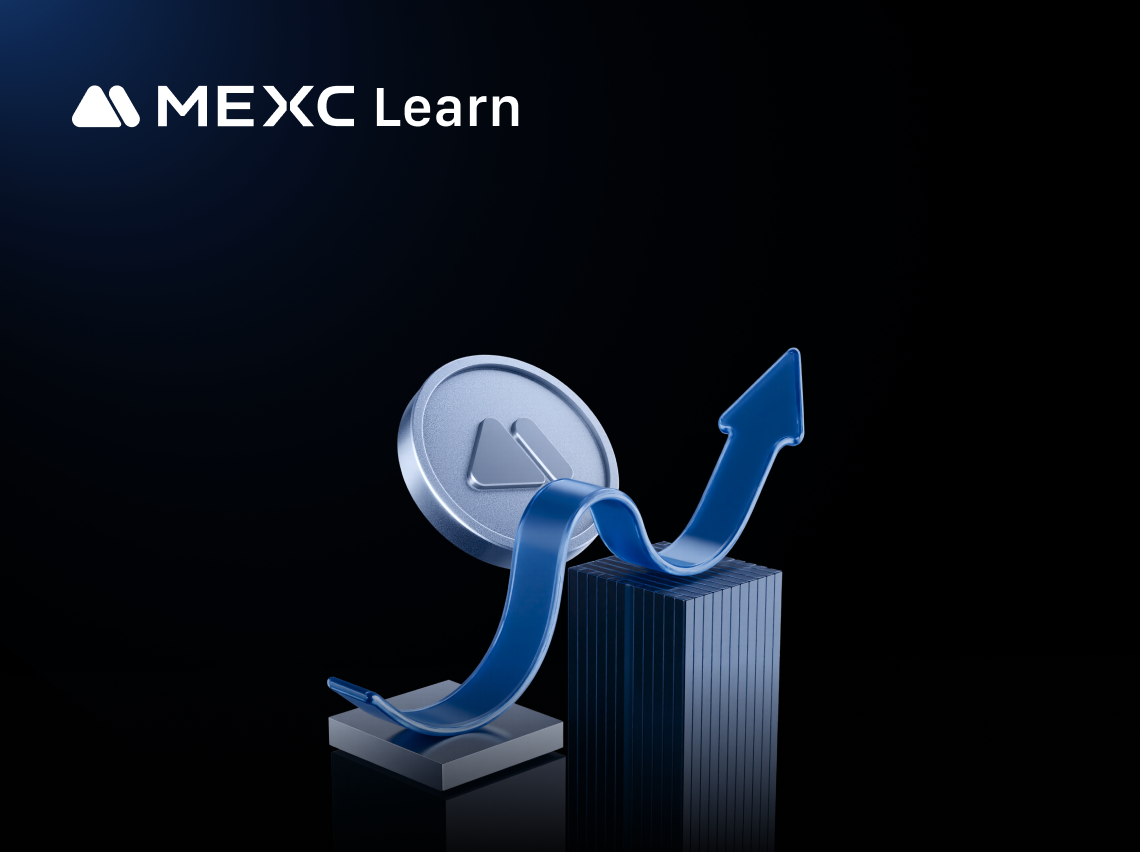
PUMPV2 (PUMPV2) Price in EUR: Latest Market Insights
The current PUMPV2 (PUMPV2) price in EUR highlights how this cryptocurrency is performing against Europe's primary currency. Since EUR is widely used across international trade and finance, valuing PU
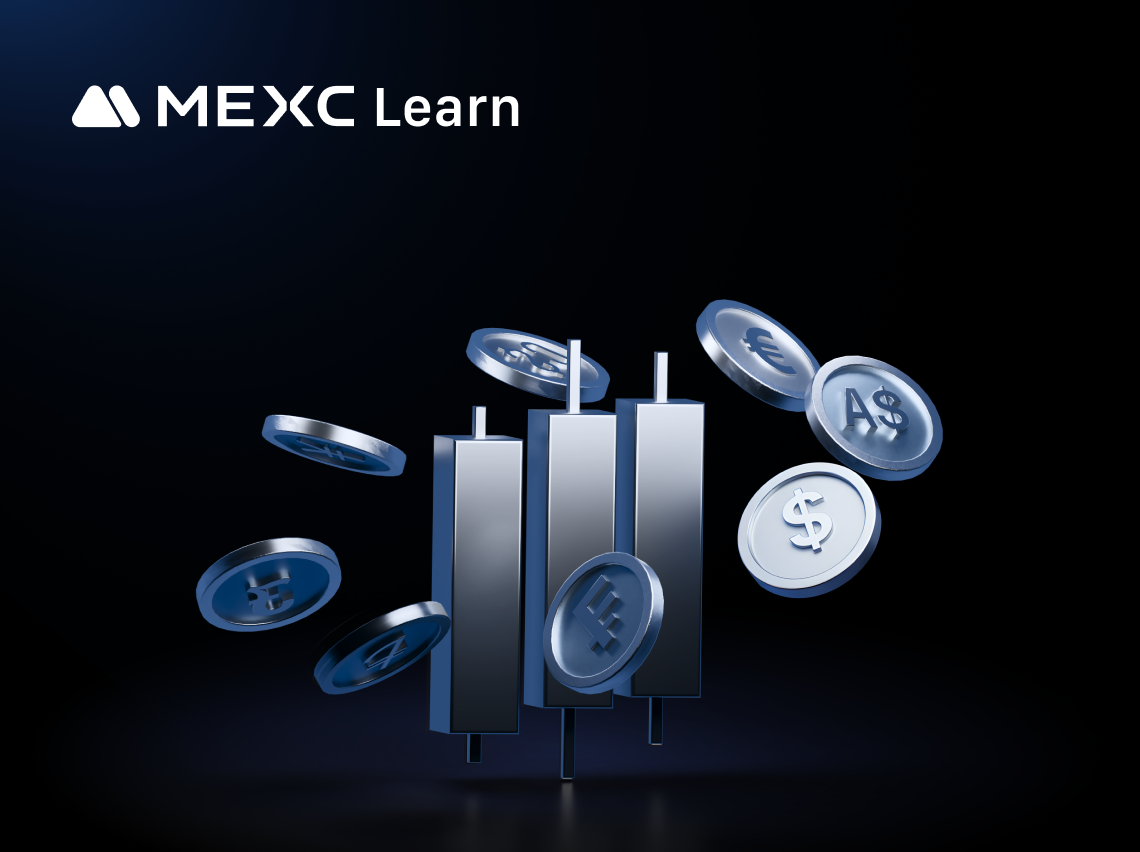
What Is Advanced Micro Devices (AMD)?
If you’re researching AMD stock (AMD), you’re looking at one of the most important companies in modern computing. Advanced Micro Devices, Inc. (AMD) designs high-performance chips that power everythin

What Is NVIDIA (NVDA)?
If you’re looking up NVIDIA stock (NVDA), you’re usually trying to understand more than a ticker. NVIDIA sits near the centre of some of the most important computing trends of the last decade: gaming

Bitcoin's Quantum-Resistant Future: A Strategic Migration Timeline
1. Why Post-Quantum Security Matters NowBitcoin's foundational security hinges on cryptographic protocols like ECDSA and Schnorr signatures, which face existential risks from advancing quantum computi
Trending News

Nearly One-in-Four Workers ‘Functionally Unemployed,’ Says Ludwig Institute
November True Rate of Unemployment shows workers struggling with low hours, wages WASHINGTON, Dec. 24, 2025 /PRNewswire/ — The percentage of American workers who

Upcoming US Crypto Legislation and Policies to Watch in 2026
The post Upcoming US Crypto Legislation and Policies to Watch in 2026 appeared on BitcoinEthereumNews.com. Many crypto industry leaders and users anticipate significant

The Protocol: Aave community split
Tech Share Share this article Copy linkX (Twitter)LinkedInFacebookEmail The Protocol: Aave community split Ethereum’s

Unleashing A New Era Of Seller Empowerment
The post Unleashing A New Era Of Seller Empowerment appeared on BitcoinEthereumNews.com. Amazon AI Agent: Unleashing A New Era Of Seller Empowerment Skip to content Home AI News Amazon AI Agent: Unlea
Related Articles

What Are Prediction Futures?
Cryptocurrency futures trading attracts countless investors with its high leverage and the ability to profit in both rising and falling markets. However, its complex mechanisms such as margin, leverag
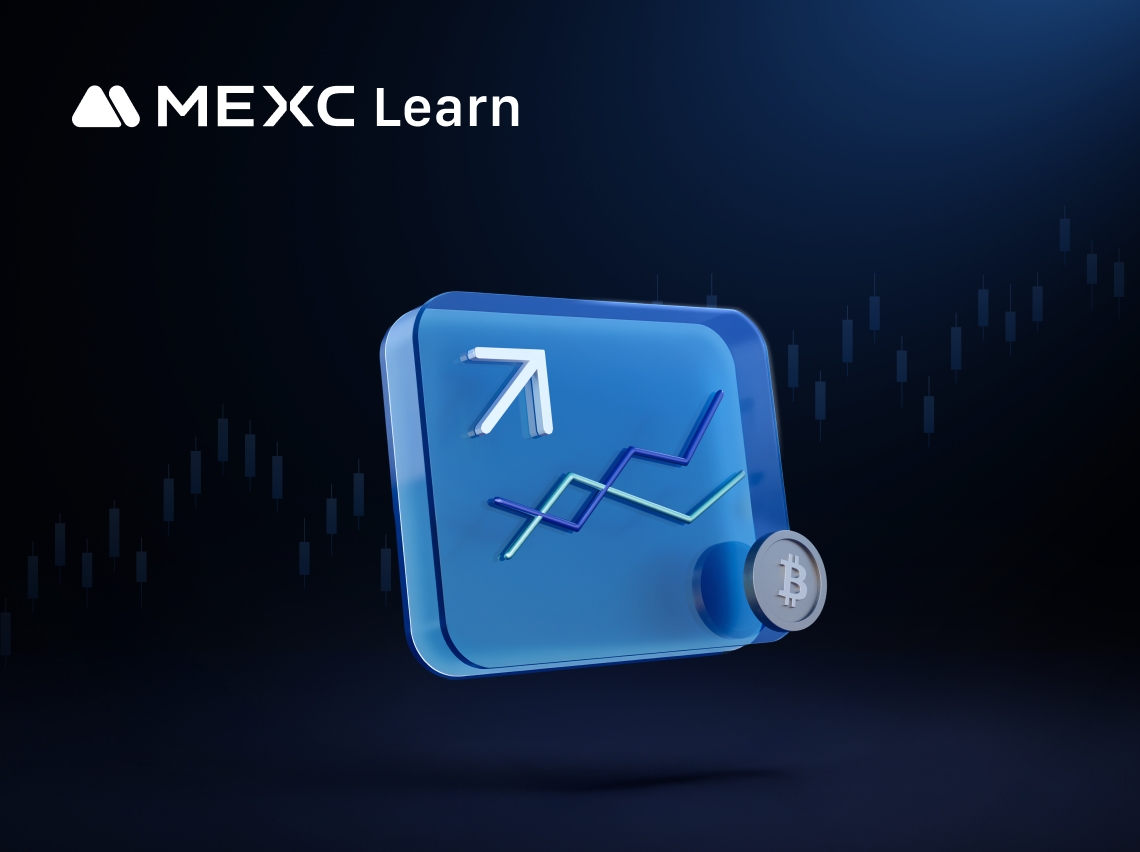
Calculation of Futures Yield and Trading Fees
When trading futures on MEXC or other major exchanges, your trading PNL is based on three components:Trading Fees: The cost incurred during the transaction.Funding Fees: Periodic settlements based on
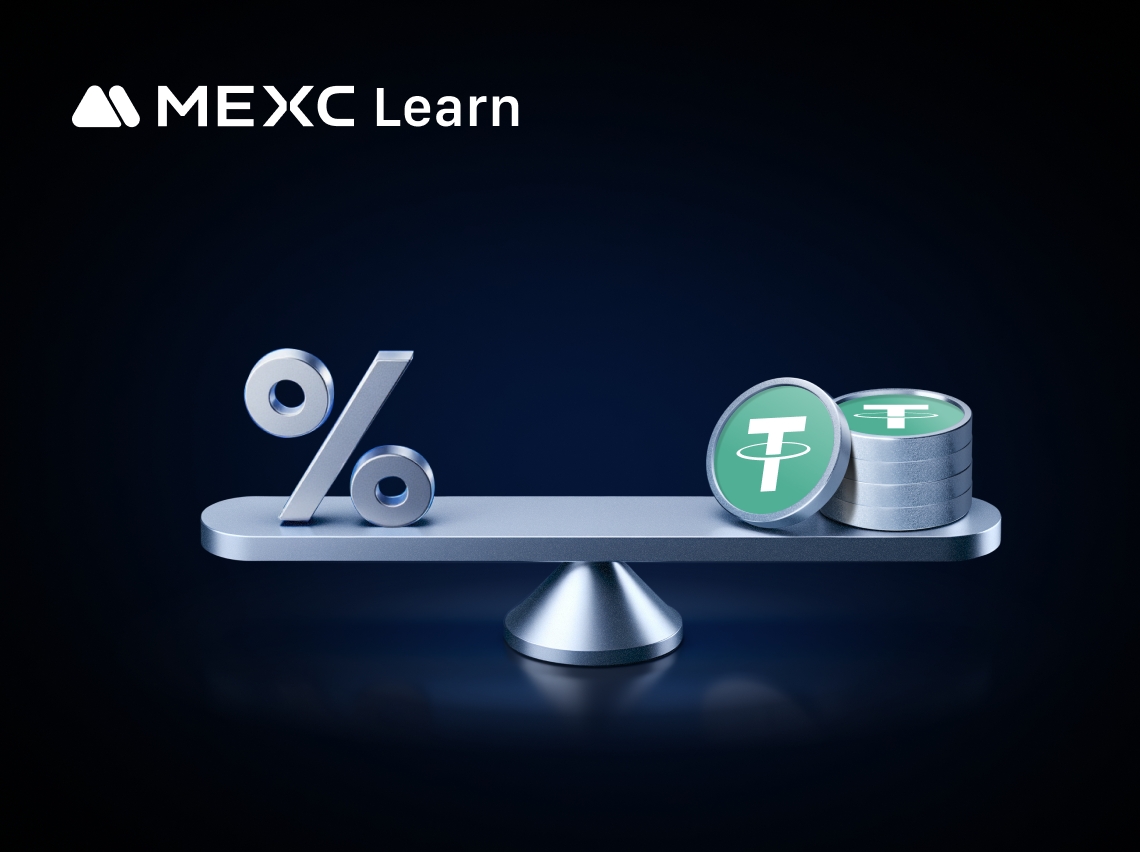
MEXC Fees Explained: Complete Trading, Futures & Withdrawal Fees Guide
Whether you are an experienced cryptocurrency trader or just getting started, understanding trading fees is essential to navigating the market and improving your trading experience. MEXC, a leading gl
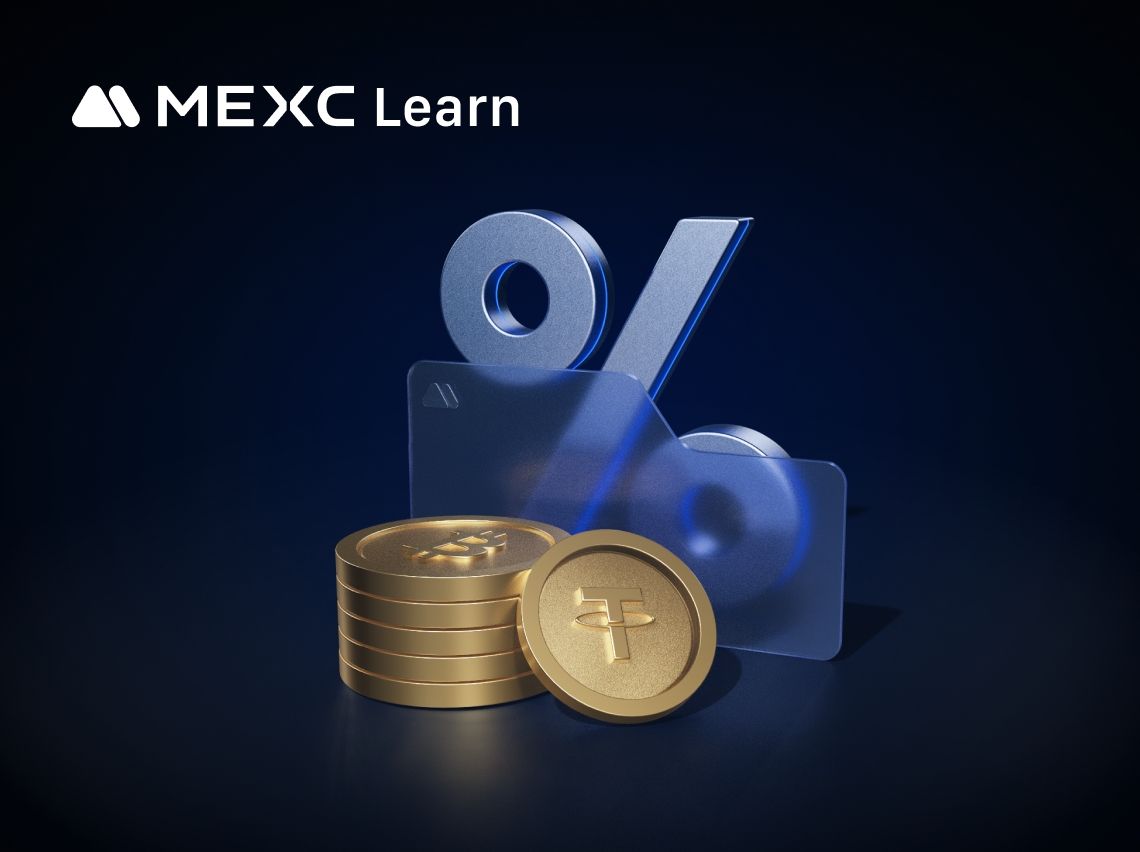
MEXC Futures Funding Rates: How to Check, Calculate & Optimize Costs
Have you ever experienced this? You predicted the market direction correctly in a futures trade, yet your profits kept shrinking, or your balance mysteriously dropped? The culprit might be something m
